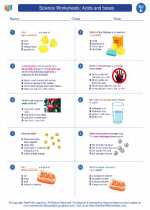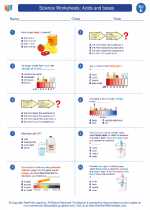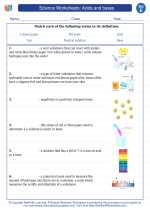Sublimation
Sublimation is the process in which a substance transitions directly from a solid to a gas without passing through the intermediate liquid phase. This occurs when the atmospheric pressure is lower than the substance's vapor pressure at a certain temperature. During sublimation, the solid particles gain enough energy to break free from the solid phase and enter the gas phase.
Examples of Sublimation
Common examples of sublimation include the transformation of dry ice (solid carbon dioxide) into carbon dioxide gas, the evaporation of frozen foods in the freezer, and the sublimation of mothballs.
Factors Affecting Sublimation
The rate of sublimation is affected by the surface area of the solid, the temperature, and the pressure. Higher temperatures and lower pressures typically result in faster sublimation rates.
Applications of Sublimation
Sublimation has several practical applications. It is used in the process of freeze-drying food and in the production of certain types of pharmaceuticals. Sublimation is also utilized in the creation of air fresheners and in the field of 3D printing.
Study Guide
- Define sublimation and explain the process.
- Provide examples of substances that undergo sublimation.
- Discuss the factors that affect the rate of sublimation.
- Explain the practical applications of sublimation in various industries.
- Perform a simple experiment to demonstrate sublimation using common household substances such as dry ice or mothballs.
◂Science Worksheets and Study Guides Fifth Grade. Science Worksheets: Acids and bases

 Activity Lesson
Activity Lesson
 Worksheet/Answer key
Worksheet/Answer key
 Worksheet/Answer key
Worksheet/Answer key
 Worksheet/Answer key
Worksheet/Answer key
 Worksheet/Answer key
Worksheet/Answer key
 Vocabulary/Answer key
Vocabulary/Answer key
 Vocabulary/Answer key
Vocabulary/Answer key
